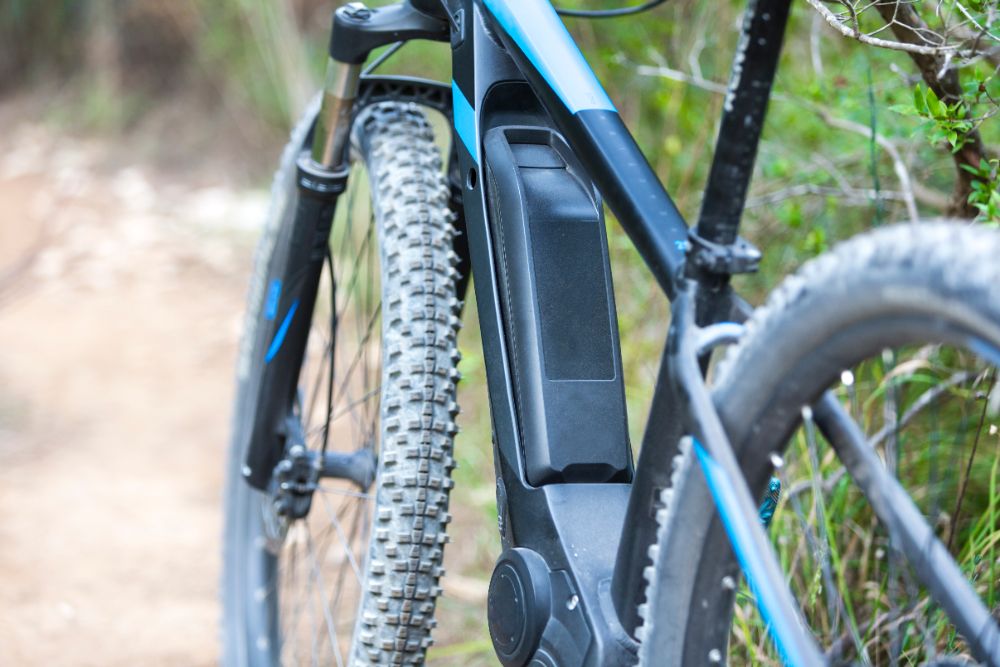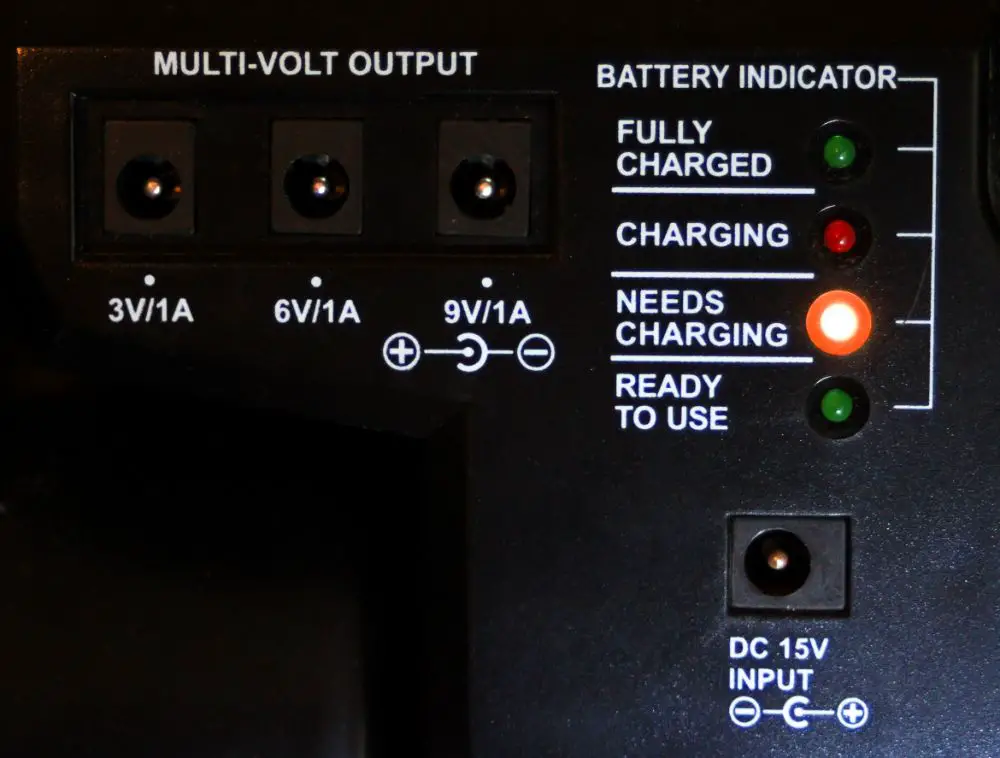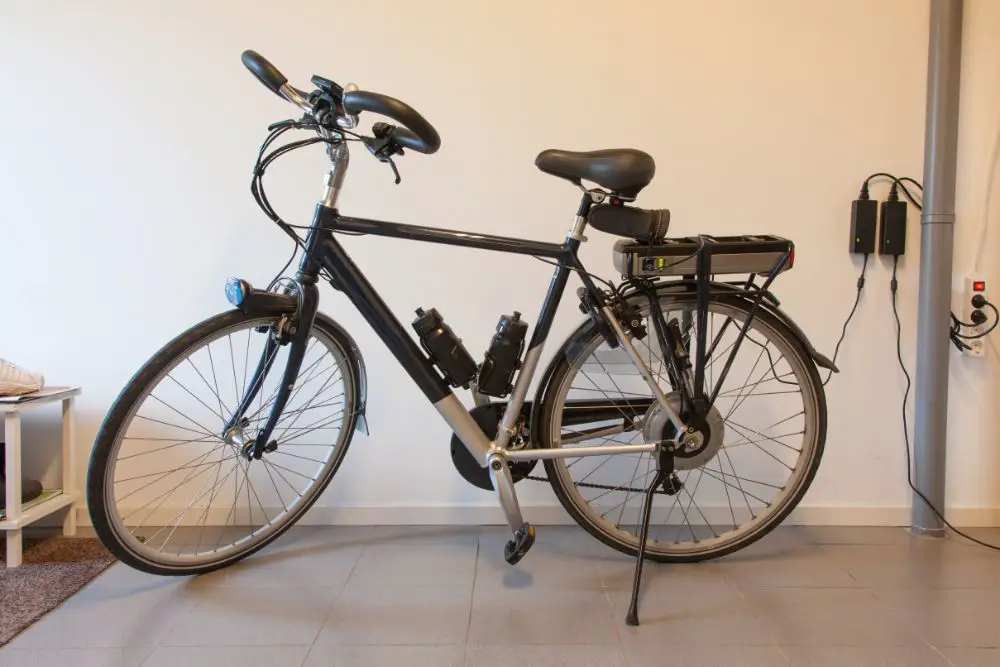
Are you thinking about getting a new battery for your e-bike? Are you confused about the various types of electric bike batteries available in the market? If yes, then let us help you figure out the options that you have.
Batteries are the most important component of e-bikes. Your batteries are what power your bike.
How far and how fast you can go often depends on the battery of your e-bike.
You can calculate battery life in charge-cycles. The battery life depends on the battery type used in the e-bike. It also depends on the way the rider takes care of the battery. Let’s have a look at the various types of bike batteries available.
Types of Electric Bike Batteries
Lead Acid batteries
Lead-acid batteries are the oldest rechargeable batteries. They are pocket-friendly, simple to manufacture, and their essential quality is that they self-discharge very slowly, making them suitable for long use. The technology is well understood, and when used correctly, it is a dependable mode of power to the bike.
However, Lead-acid batteries also have some cons. They are heavy and also give less power output. They have less battery capacity as compared to the others in this category.
Their maximum capacity is half of the lithium and nickel batteries. They also take time to get charged, nearly eight to ten hours.
An example of Lead-acid batteries is ExpertPower Sealed Lead Acid Battery. It has 20 hours of a sealed lead-acid battery. It is easy to maintain and easy to install in the electric bike.
Nickel-cadmium batteries
Nickel-cadmium batteries are relatively less expensive than lithium batteries. They are easy to store and move around. The process of charging the battery is straightforward, and they charge quickly.
With proper and careful usage, you can use the battery for a long time. These batteries also have a good load performance at any temperature.
On the other hand, both the battery components are not eco-friendly and pollute the environment whenever used. They have a high number of charge and discharge cycles, nearly 1000 cycles.
Nickel-cadmium batteries are one of the toughest batteries and remain fit under any condition.
Nickel metal hydride batteries
Nickel-metal hydride batteries are more efficient than nickel-cadmium batteries. They are a little bit more expensive. They last longer because they have a low self-discharge rate. They can also be disposed of easily. They also have a good load capacity. They get charged quickly and are compatible with any size.

They are environmentally friendly as they do not have any toxic metal in them. These batteries also have a good tolerance for overcharging. Nickel-metal hydride batteries hold almost 45% more charge than lead-acid and nickel-cadmium batteries. They are simple to store and transport.
One such battery is WDLAND two-way nickel-metal hydride battery. The WDLAND is a high-quality 36V battery. It has a standard design and gives excellent performance. It is secure from overcharge and over-voltage issues.
Lithium-ion Batteries
Lithium-ion batteries are relatively new in the market and work better than others. They have the highest capacity of all types that we discussed. They are very light in weight and also give a lot of power efficiency to the bike. The batteries have a high voltage.
Lithium-ion batteries come as a single cell, which simplifies the design of the battery. The battery has a low self-discharge feature. These batteries need low maintenance with no discharge and no memory requirement. These days almost every electric bike has lithium-ion batteries.
On the cons side, they are quite expensive compared to other types of batteries. Moreover, the technology is very delicate, and therefore the batteries need to be protected from the elements.
One of the examples is the Wyness battery which provides good energy and power to the bike. It is long-lasting and gives a smooth ride to the rider. It has a good charge/discharge rate which makes it a perfect choice.
Lithium-ion polymer batteries
They are the most used batteries in the electric bike. They are rechargeable batteries and are not very expensive. They have a slick and slim design and come in good packaging. They are prone to overcharge, and there are lesser chances of electrolyte leakage. They are very light in weight due to the use of a gel base rather than liquid composition. They come in various sizes.
Understanding Battery Terms: What Do All Those Specifications Mean?
If you have ever tried to buy an e-bike battery, you would have come across many terms and specifications that the manufacturers use to denote how much energy the battery generates, how long it stays charged, etc. Let me explain each of those terms so that you can make an informed choice next time:

Volts and Amps
The voltage number is the speed at which kinetic energy flows from the battery. Higher voltage bikes can go faster and vice-versa. You might have seen 12V, 24V, 36V batteries, and so on.
Amps are a unit of current. Higher the Amps, the stronger the battery flow and the stronger the wires needed to install it.
Watts
Watts are a unit of power. The Wattage of a battery is just the Voltage multiplied by the Amps.
Amp-Hours
Amp-hours indicate the amount of current a battery can produce in one hour. You might have seen 10Ah or 20Ah indicated on your battery; this is a good indicator of the battery’s capacity to hold its charge.
Watt-Hours
Watt-hours are by far the most accurate way to know how much energy gets stored in your battery pack. It indicates the Watts of power that a battery can provide for precisely one hour at a stretch.
For example, a 500Wh battery will give you 500 watts for one hour. You can also think of this in other ways – the same battery will provide you with 1000 watts for half an hour.
While this will not give you an exact indicator of how long your bike can run and at what speed, you can safely say that a larger battery with a higher Wh will give you a longer ride time.
How to Maintain the Battery for a Long Run Usage?

- Charging- Always use the charger and the adapter given with the battery. It avoids the situation of overcharging and protects the battery from short circuit damages. If you are not using an electric bike for a more extended period, then partially discharge the battery now and then. Never drain the battery completely, and always try to charge the battery 100%. Make sure to cool down the battery’s temperature before you fix it to an electric bike, and never use the bike immediately after charging.
- Storage- Always keep the battery in cool and dry places. It is advisable to remove the battery after every ride. It will keep the battery in good condition, and it is suitable for security purposes also. Never store the battery when it is fully drained or fully charged. Make sure it has around 60% of charge in it.
- Cleaning- Always remember to remove the battery before cleaning the electric bike. Never use the steam pressure washer to clean the battery, and always wipe with a damp cloth. This process would be sufficient for the battery.
Frequently Asked Question: What Types of Electric Bike Batteries Are There?
How long do electric bike batteries last?
Usually, batteries last for two years and, if well maintained it can go up to four years. The rider needs to keep in mind a few guidelines while using the bike. For instance, the battery should be detached from the bike when not used for a more extended period. You should always store the battery in a cool and dry place.
Which battery is best for an electric bike?
There are many varieties in the market, but lithium-ion batteries are the most popular right now.
Lithium-ion batteries have the highest capacity. They are very light in weight and also give better efficiency.
Lithium-ion batteries discharge slowly and need low maintenance. But, they are also quite expensive and fragile. So, if you are looking for cost-effective batteries, you can also go for a lead-acid battery. They are less costly and work efficiently.
There are also nickel-cadmium and nickel-metal hydride batteries. They also have efficient power, but they are not environment friendly. So, according to the requirement, the rider should make a purchase.
Conclusion
Choosing a good battery for the bike is a little complicated. All batteries have some advantages and disadvantages. It depends upon the user requirement, and they can purpose the electric bike according to it. The battery range and efficiency depend on the rider’s behavior also. It is advisable to keep the tires inflated so that the pressure will reduce on the batter, increasing the battery range.
One can also use a battery cover to give a perfect temperature to the battery, which will, in turn, extend the battery range.





